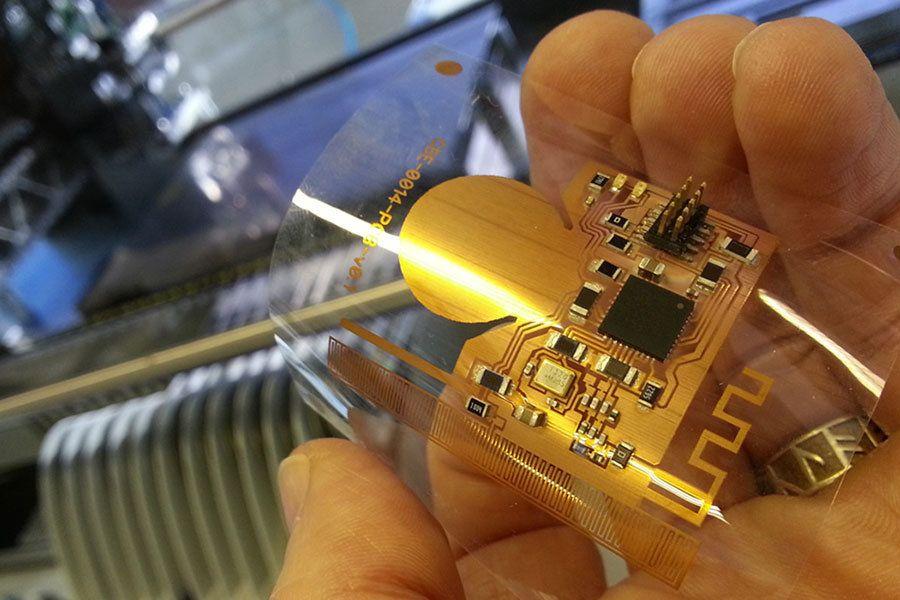
What should be paid attention to when designing a flexible printed circuit boards?
Most of the design elements of rigid printed circuit boards have been applied to the design of flexible printed circuit boards. However, there are still some places that require special attention.
1. Flex PCB Current carrying capacity of the wire
Because flexible printed circuit boards have poor heat dissipation (compared to rigid printed circuit boards), sufficient wire width must be provided. When some wires carrying large currents are placed face to face or adjacent to each other, additional wire width or spacing must be given in consideration of the problem of heat concentration.
2. Flex PCB Shape
The rectangle should be preferred wherever possible, as this would result in better substrate savings. There should be enough free margins near the edges, depending on the possible remaining space of the substrate. In shape, the inner corner should appear to be circular; the pointed inner corner may cause tearing of the panel. Smaller wire widths and spacing should be minimized as much as possible. If the geometric space allows, the thin wires that are closely packed should become wide wires. Wires that terminate at the plated through holes or component mounting holes should be smoothly searched into the pads. As a general standard, any change from straight-line to image angle or different line width must be as smooth as possible. Sharp corners cause stress to naturally concentrate, causing wire failure.
3. Flexibility
As a general standard, the bend radius should be designed to be as large as possible. The use of thinner laminates (for example: replacing 50 μm copper foil with 50 μm copper foil) and wider conductors can better increase the likelihood of more cyclic bending. For a large number of bending cycles, single-sided flexible printed circuit boards usually show better performance.
4. Pad
Around the pad, there is a change from a flexible material to a rigid material. This area is more likely to break the conductor. Therefore, the pads should be avoided in areas where bending is likely to occur. The general shape of the pad should be like a teardrop, and the film must cover the seam of the pad.
5. Rigid reinforcement board
In the mass production of small electronic devices such as small calculators, flexible printed circuit boards incorporating a rigid laminated laminate have become popular and are also more cost-effective. The flexible printed circuit board is mounted on a rigid board (such as grade G-10) with suitable slots for future separation. After component assembly and wave soldering, the rigid plate is divided into different sections by cutting to facilitate folding into the desired shape.




